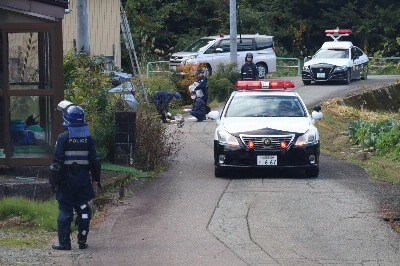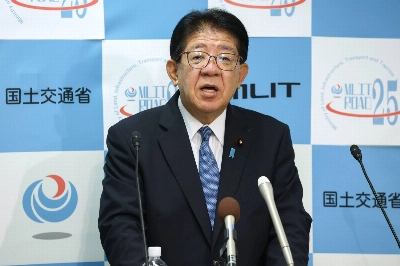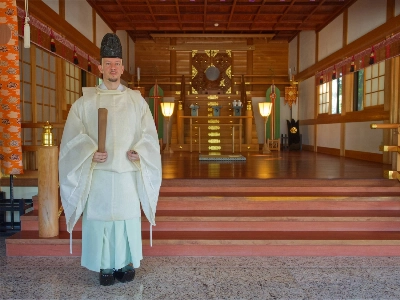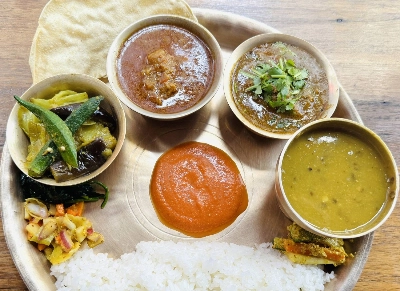Last weekend the cabinet of Prime Minister Shinzo Abe reemerged from its victory lap to approve an economic stimulus package worth ¥3.5 trillion whose purpose is to help rural areas cope with inflation brought on by last April's consumption tax hike, not to mention the more recent drop in the yen's value, which has made imported goods more expensive. Some of the money will go to local infrastructure projects, mainly in the area of disaster prevention, and a little less will go directly to consumers and companies.
This handout, however, shouldn't be confused with the one that the government implemented last summer for poor people, though there will be overlap. In fact, some local governments, which administer the one-time welfare handouts (rinji kyufukin), are still looking for eligible people since many residents who aren't on their welfare roles nevertheless are qualified to receive the money. So far, about 24 million have received the handout.
The only real difference between the welfare handout and the stimulus handout is the ostensible purpose: the former was designed to help low income people adjust to the CT hike, while the latter is a means of getting more money into the distribution system, but in the end the government wants the same thing: higher consumption, which is why the stimulus handout will likely be in the form of a coupon that can only be spent on goods and services. That isn't necessary with low income people, who by necessity spend everything they get on goods and services.


















With your current subscription plan you can comment on stories. However, before writing your first comment, please create a display name in the Profile section of your subscriber account page.